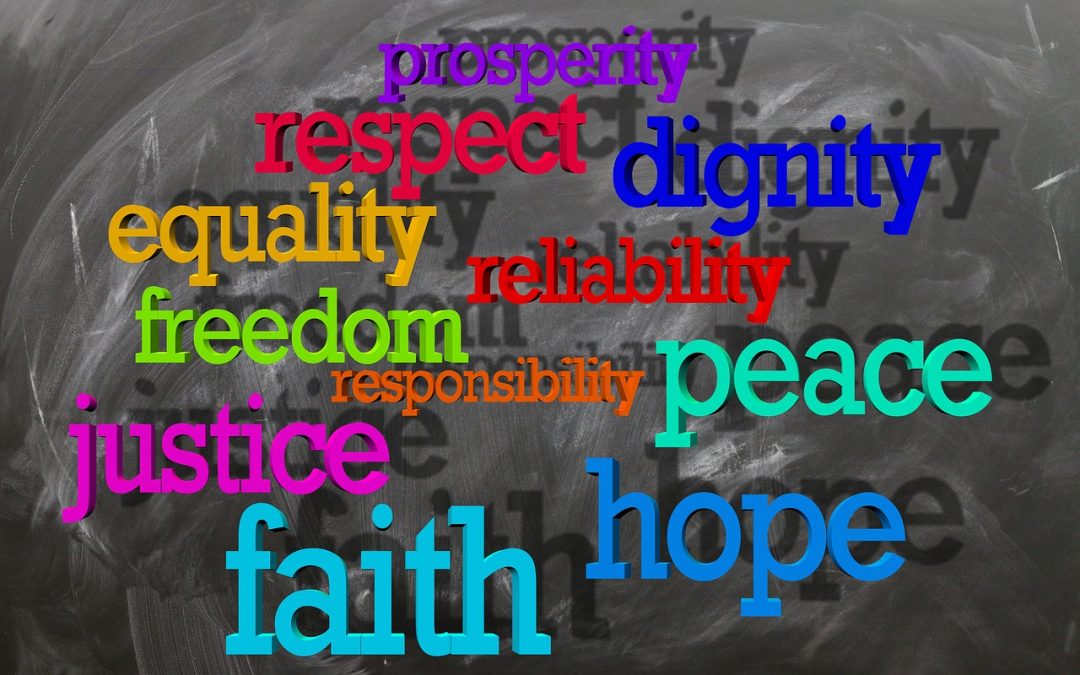Pledging

By Dr. Marcia Davis-Dawkins
So many times we have taken pledges, recited pledges, listened to pledges and so on. Do we really know what we are saying? What is a pledge? What is the purpose of a pledge? According to Merriam-Webster Dictionary, a pledge is a solemn promise or undertaking. So for instance, if we were to make a pledge to give money to an organization in need, we have to follow up on the pledge or promise. It sends a message that we are committed to a cause.
Most countries have a National Pledge, which is an oath taken by the country that is recited at a public event. For example, Jamaica has a national pledge which is a promise by the people to serve the country according to their skills and talents of the people. When the pledge is recited it sends a message that the people are taking a stance of oneness and togetherness because the nationals are committed to a cause.
Since the National Pledges are so important and speak of sacrificial love and commitment to nations, I wanted to show the Pledges of Jamaica and the United States of America.
 Jamaica National Pledge/Allegiance
Jamaica National Pledge/Allegiance
Before God and All mankind.
I pledge the love and loyalty of my heart
The wisdom and courage of my mind,
The strength and vigour of my body
in the service of my fellow citizens.
I promise to stand up for justice,
Brotherhood and Peace, to work diligently and creatively,
To think generously and honestly, so that,
Jamaica may, under God, increase in beauty, fellowship and prosperity,
and play her part in advancing the welfare of the whole human race.
 American Pledge of Allegiance
American Pledge of Allegiance
I pledge allegiance to the Flag of the United States of America and
to the Republic for which it stands:
one Nation under God, indivisible, with Liberty
and Justice for all.
Just quickly analyzing the pledges, we can see that they both pledge under oath – as if swearing in court to promise to serve country as well as people of the country. Another word that is included in both of the pledges is, “Justice” for everyone. These pledges encourage oneness and freedom. How is this emphasized oneness and freedom taught in the classroom? Some days I wonder if the students are aware of what unity means and yet each morning the students have to repeat the pledge. In recent years students have seemed so unkind to each other and at times alarmingly so even amongst kindergarteners. “Brotherhood and peace.” – just listening to the students talking to each other, I often question if they understand what those words mean. If they did, they should be able to agree to disagree. There is hardly love for each other – let alone working with each other. While conquering the dilemma on a national level is far too complex to be achieved in the classroom, steps to treat each other respectfully and with dignity are reasonable goals and can be modeled there. The results of failing to do so are too great. The nonfulfillment of school staff and students to behave with dignity, courtesy and respect towards others can harm individuals and impair the functioning of all. In particular, harassment, bullying and victimization can cause fear, stress and anxiety, and impose strains on work, personal and family life. They can lead to illness, accidents, absenteeism, poor performance, an apparent lack of commitment, staff resignation or student withdrawal.
There are ways to remedy the situation and foster acceptance of all. These include, but are not limited to:
- Classroom walls-Many teachers groan when it comes time to decorate the classroom because it seems like such a low return on the time and effort invested. But putting up positive messages in your classroom can do so much more than improve the color scheme. You can include messages encouraging diversity, tolerance, acceptance and making your classroom a safe space. Making your classroom comfortable and accepting as a physical space can help students who are struggling in their personal lives, especially students who have become victimized
- Acknowledge Student and Teacher Emotions- When major events fill people with emotions, as, for example, the result of a presidential election can, it can make the classroom a very emotionally-charged place. One of the best things you can do after a major event is to create a space where everyone can acknowledge those emotions and ask questions freely while moderating the discussion. You can also connect the events to literature and other texts to help students build emotional intelligence.
- Explain Terms and Concepts Related to Current Events- It’s easy for parents and students to get up in arms over politically-charged events and debates, and while you may not be able to talk frankly about your own political leanings, you can at least clarify the meanings of certain words or concepts that are prevalent in the national discussion. For example, some students today may have trouble understanding what it means when a city is a “Sanctuary City”, and helping explain what those are can help the student make an independent decision and keep discussions civil.
- Foster a Sense of Empathy in your Classroom- Some students will probably speak out of turn or act rudely even when you’re trying to create a safe space in class, but by engaging with the student directly in a mindful, non-judgmental way, you can bring more empathy into your classroom. Many teachers consider empathy as the antidote to bullying, and there’s data to back that up. You can bring more empathy into your teaching by encouraging critical thinking and self-reflection.
- Lead by Example- This is much easier said than done, but students are always watching your example, and for every one student that asks a question that might frustrate you, there are four who wished they had spoken up to ask that question too. Remembering to practice empathy and patience isn’t easy, but putting in the effort will pay off by helping your students understand tolerance and making your classroom a safe space. We may not like it, but teachers are leaders to millions of students every day, and we can create a higher standard of behavior by showing students how to treat others with respect and sympathy.
In short, treat each other with dignity and respect, listen to each others’ points of view, recognizing that there may be disagreement, keep discussion and comments on the topic, and off the people and do not use inflammatory or offensive language, sarcasm, or raised voices.
There is a word that I often hear used in many organizations and at functions that I have attended. It is the word, “Harambe” which literally means, “all pull together” in Swahili and is also the official motto of Kenya and appears on its coat of arms. I say we should help to honor our class, and ultimately, our nation, by taking care of each other through human and civil rights.. We shouldn’t simply say it, but make every effort to teach, encourage and implement every part of the pledge according to our country’s pledge or affirmation. After all it begins what step at a time. It was Dorothy Heights who said that, “We had people of all backgrounds coming together – all races, all creeds, all colors, all status in life. And coming together there was a kind of quiet dignity and a kind of sense of caring and a feeling of joint responsibility.”

